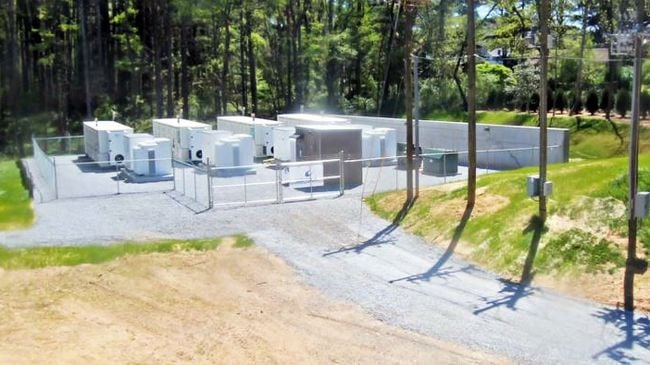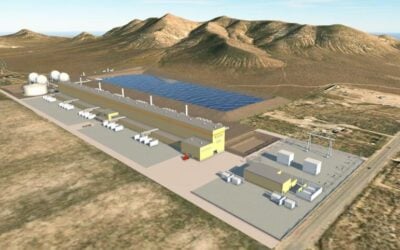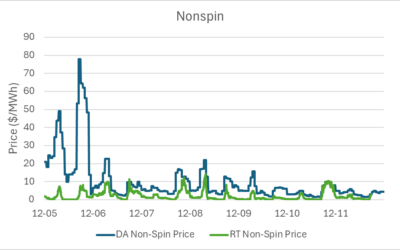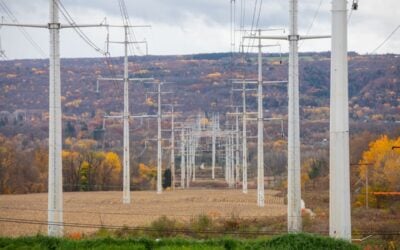
Major US utility company Duke Energy’s carbon reduction plan for its North and South Carolina businesses includes proposals for a “significant growth” in energy storage deployments.
The company said in its Carolinas Carbon Plan, filed yesterday with the regulatory North Carolina Utilities Commission (NCUC) that it wants to put between 3,700MW and 5,900MW of energy storage in its service area by 2035.
This would support the growth of renewables, including a tripling of solar PV installations from current levels and the addition of wind power resources to diversify its renewable energy portfolio, the company said.
By 2035, this would equate to between about 7,600MW and 11,900MW of new solar PV, on top of 5,000MW of solar PV that will be online in the utility’s Carolinas service area by the end of 2022 and a further 1,900MW of solar planned or already in development.
Try Premium for just $1
- Full premium access for the first month at only $1
- Converts to an annual rate after 30 days unless cancelled
- Cancel anytime during the trial period
Premium Benefits
- Expert industry analysis and interviews
- Digital access to PV Tech Power journal
- Exclusive event discounts
Or get the full Premium subscription right away
Or continue reading this article for free
Alongside those developments, Duke also wants to be allowed to take what it said would be “initial steps” to developing zero-emitting load-following resources (ZELFRs), clean or carbon-free that can be supplied on-demand. This could include advanced nuclear power stations, carbon capture, storage and utilisation and other technologies like next-generation geothermal or hydrogen storage.
These ZELFRs and wind power, which are newer to the energy mix in the Carolinas, will start to come to the fore towards the end of this decade, the utility said.
An executive order issued by North Carolina’s governor Roy Cooper in January this year set policy targets for emissions reductions of 50% compared to 2005 levels by 2030 and the achievement of net zero emissions status by 2050 at the latest.
Duke Energy claimed that its Carolinas Carbon Plan is in line with those aims, and that all of the options its proposal sets out would meet other metrics set by the executive order, including those on selecting the lowest cost options and maintaining electric system and supply reliability.
The utility said it is taking an “all of the above” approach, through the mix of technologies it proposes to use, from natural gas and small modular nuclear reactors to solar PV, wind power and energy storage.
It would also take immediate action to implement energy efficiency and demand-side management as well as upgrades to the grid to enable it to host higher shares of renewables.
Once implemented, the plan would be reviewed every two years.
Outline:
By 2030, the utility is proposing:
- 3,400MW reduction in peak demand through energy efficiency and demand-side management
- 3,100MW of new solar PV, including 600MW paired with energy storage
- 2,000MW of new natural gas units which are ‘hydrogen capable’
- 1,000MW of standalone battery energy storage
- 600MW of onshore wind
- Early development work to enable 800MW of offshore wind
- Early development work to enable 570MW of small modular nuclear
- Early development work to enable 1,700MW of pumped hydro energy storage (PHES)
The plan could enable a 70% CO2 reduction by 2030 as well as carbon neutrality by 2050, Duke Energy claimed, while the company is also committed to closing its North and South Carolina coal plants by 2035.
Duke Energy said the fact that it has a dual-state system in operation between both Carolinas helps it to keep costs low and maintain reliability, citing customer rates that are below national averages. The plan, to also be filed with South Carolina’s Public Service Commission, would necessitate an increase customer rates between 1.9% and 2.7% each year to 2035.
Four separate portfolio options have been included in it, each with a slightly different mix of resources. While one option could reach 70% CO2 reduction by 2030, the others would take slightly longer, until 2032 or 2034, to achieve that, although all four would result in carbon neutrality by 2050.
Duke Energy has around 7.4 million customers for its energy services in six US states, as well as around 1.5 million retail natural gas customers in four states. In March the company announced the completion of three lithium-ion battery projects in Florida, totalling 34MW/58MWh. Duke also joined up with technology provider Honeywell to roll out microgrids for cities across the US a few weeks ago.
The utility’s planning processes came in for criticism in 2021, when its 2020 Integrated Resource Plan (IRP) was described as flawed by energy consulting firm E3. E3 said that the IRP did not effectively allow for the diversity benefits of solar and storage to be captured, our sister site PV Tech reported at the time.
Duke’s capacity expansion methodology considered solar and storage independently, at different steps of the process, which E3 argued meant the synergistic benefits that exist between the two were ignored.





